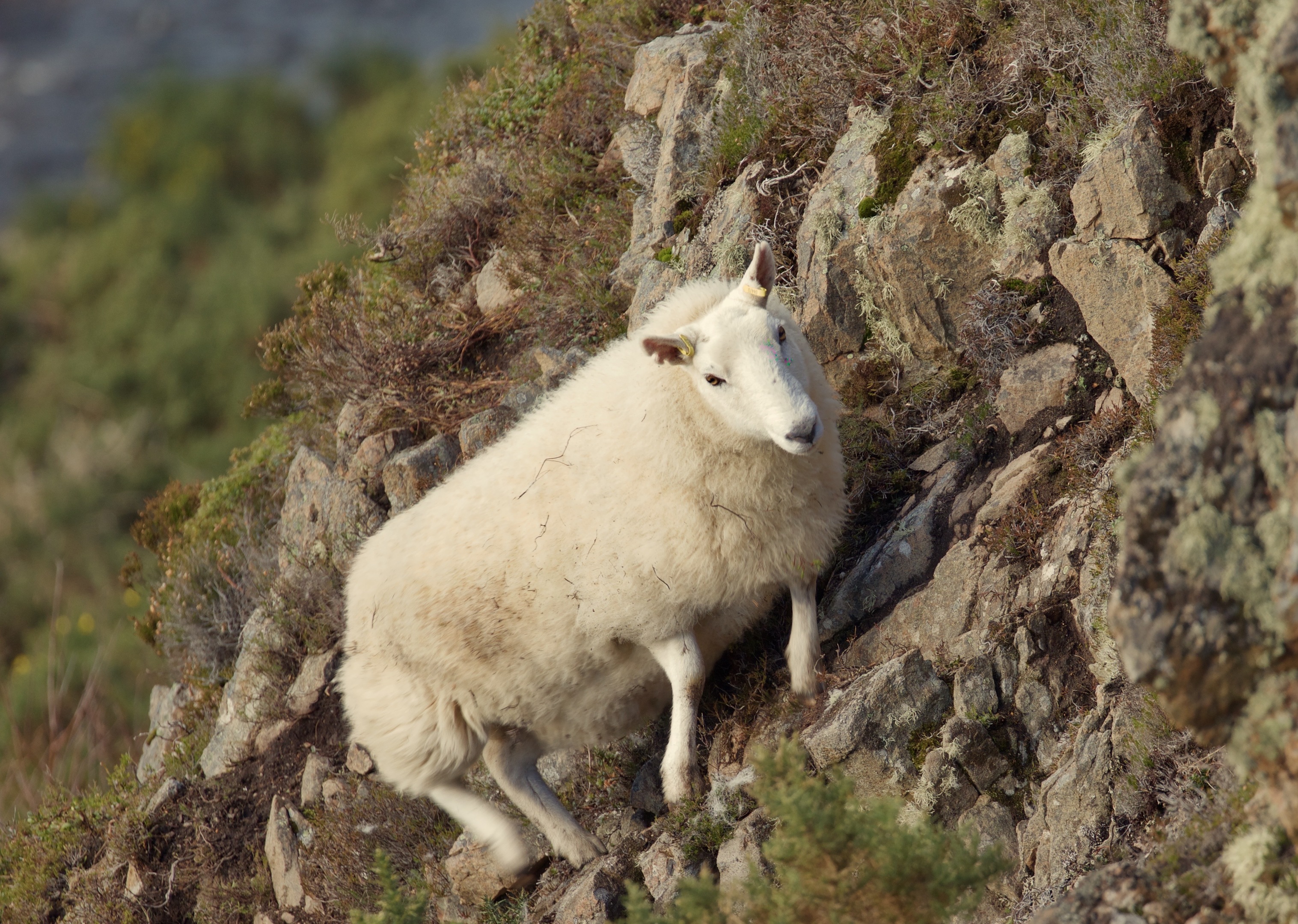The Guardian journalist and rewilding advocate, George Monbiot recently published a paper, The Hills Are Dead.
He does not hide his deep hatred for sheep, referring to them as ‘fully automated systems for environmental destruction’. He claims hill farmers are ‘harvesting public money on non-viable farms’.
He continued his attack on Twitter claiming that upland sheep fleeces are widely dumped due to their poor value. Last year our best Cheviot hogg fleeces realised 143p/kg from the Wool Board. Far from dumping it I went down to watch our wool being graded and to see what we could do better in the future.
I totally agree that inappropriate grazing of land is unacceptable. The majority of my hill land has SSSI designations covering it. I have not had a management agreement or payments from SNH since 2011 but I still continue to manage my hill under all the conditions of previous peatland management schemes.
There were a raft of rules but the basics were no grazing of cattle, restricted areas of muirburn, very low stocking rates, no grazing on the hill from November to March, no feeding areas, no tree planting, restricted use of ATV’s and access only on foot to bog systems. One further restriction which I was not sorry about was to stop peat cutting – what a relief!
I am custodian of the land that I am privileged to live and work on. I have a responsibility and a duty to leave it in better heart than I found it.
I honestly try to farm in a way that supports my local community as best as I can by employing locally and spending my money in local businesses, even if there are cheaper options online or in the supermarket.
My single farm payment was low due to a divorce in the years the government used to set the payments. I survived and it certainly made me work and think differently about my approach to farming.
Slipper farmers have not helped the imagine of our industry and gives justifiable ammunition to the rewinding lobbyists.
Last week I had an enlightening conversation from a lady working with the RSPB. She talked to me regarding her concerns for the creeping industrialisation of the Highlands, through to land abandonment and how her organisation wanted to help shape my communities future.
As she spoke we looked over ground that has visible signs of an old lazy bed cultivation system. Just on from where we stood is the remains of a Broch which historians date to the Iron Age. They think was inhabited by a community which concentrated on cattle and sheep due to its situation to the moorland and being more than a mile from better arable land.
I wonder does the lady from the RSPB see the land as I do, with thousands of years of history in the hills surrounding us, from Atlantic roundhouses to Clearance villages, or does she simply view me and my sheep as an inconvenience?
Tough decisions lie ahead which will require strong leadership from the industry leaders that represent our interest going forward to Brexit. The rhetoric I hear as a livestock producer in the uplands makes me feel literally, that I am between a rock and a hard place.










